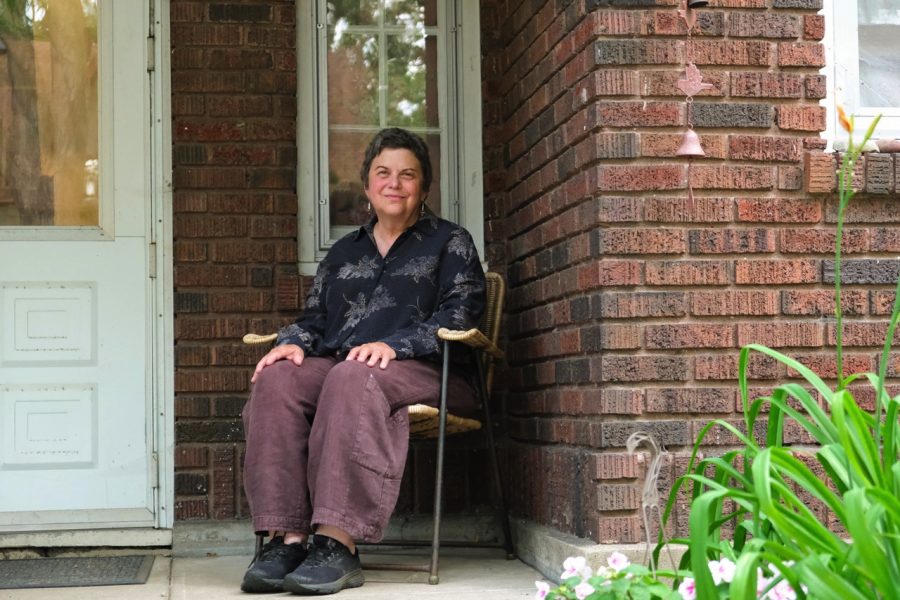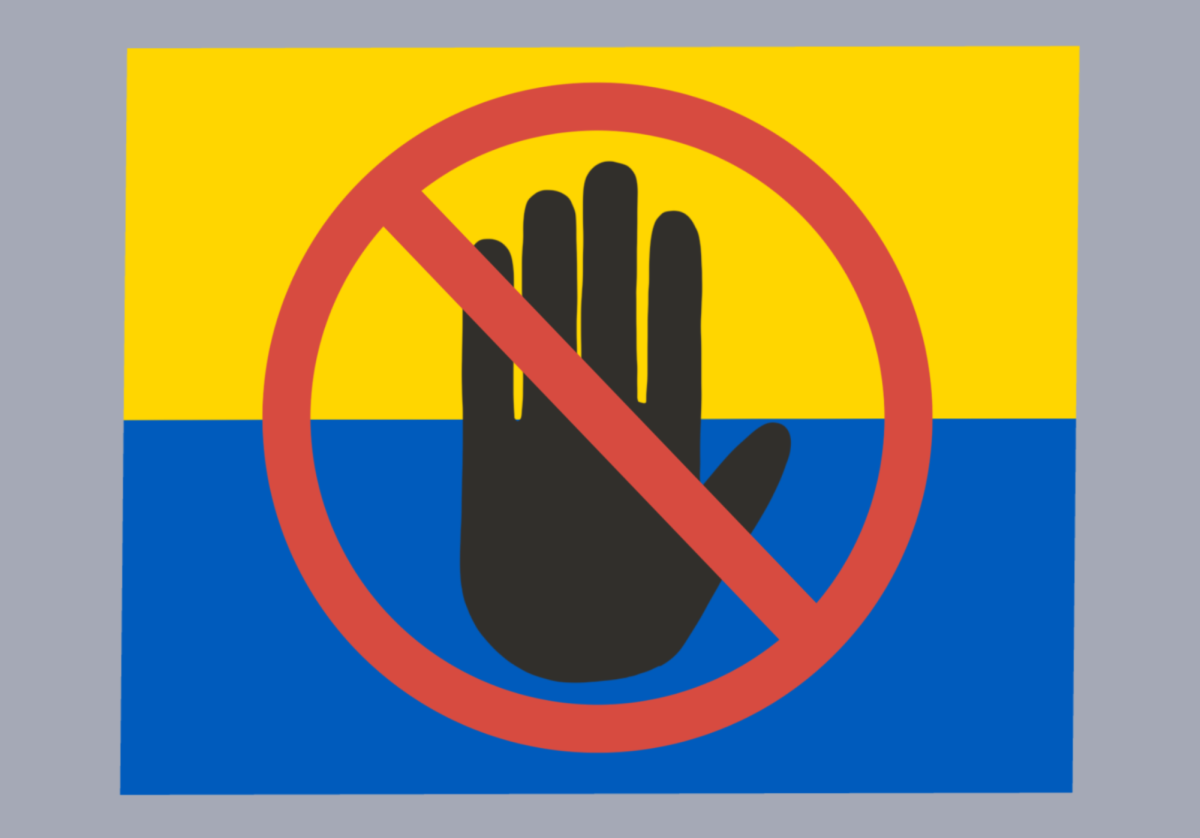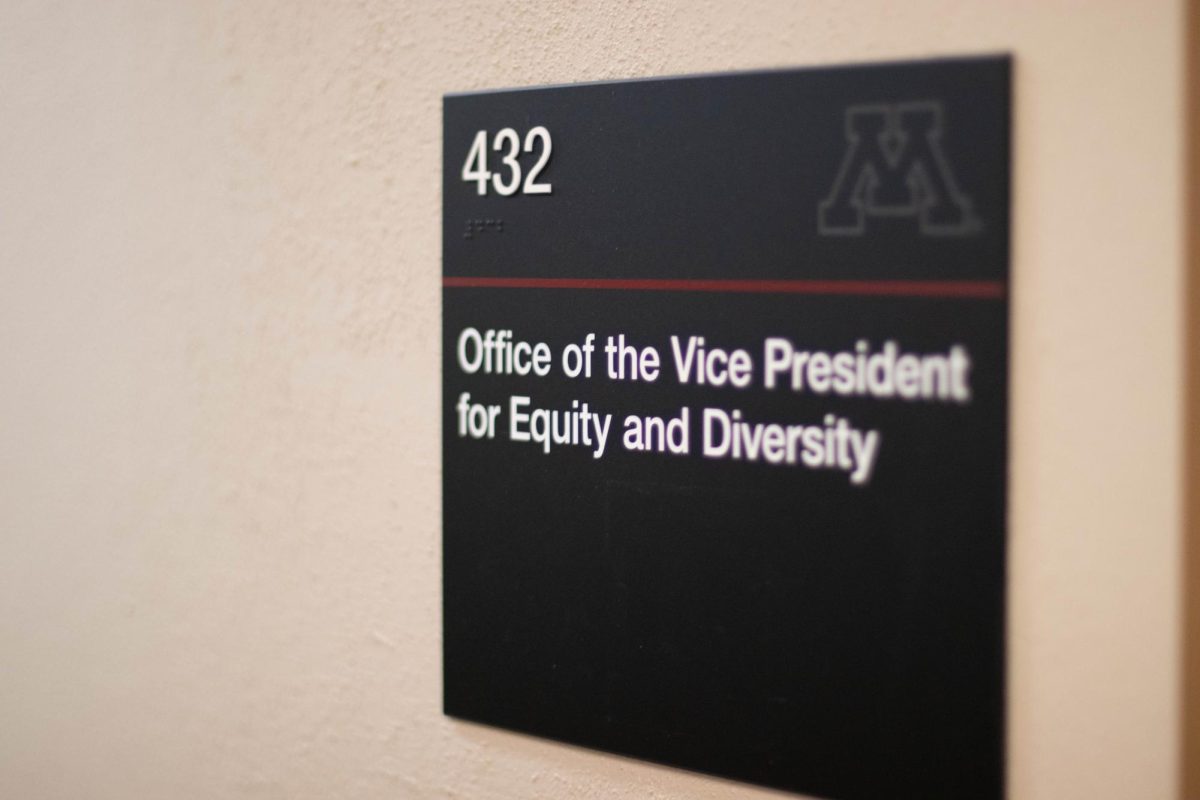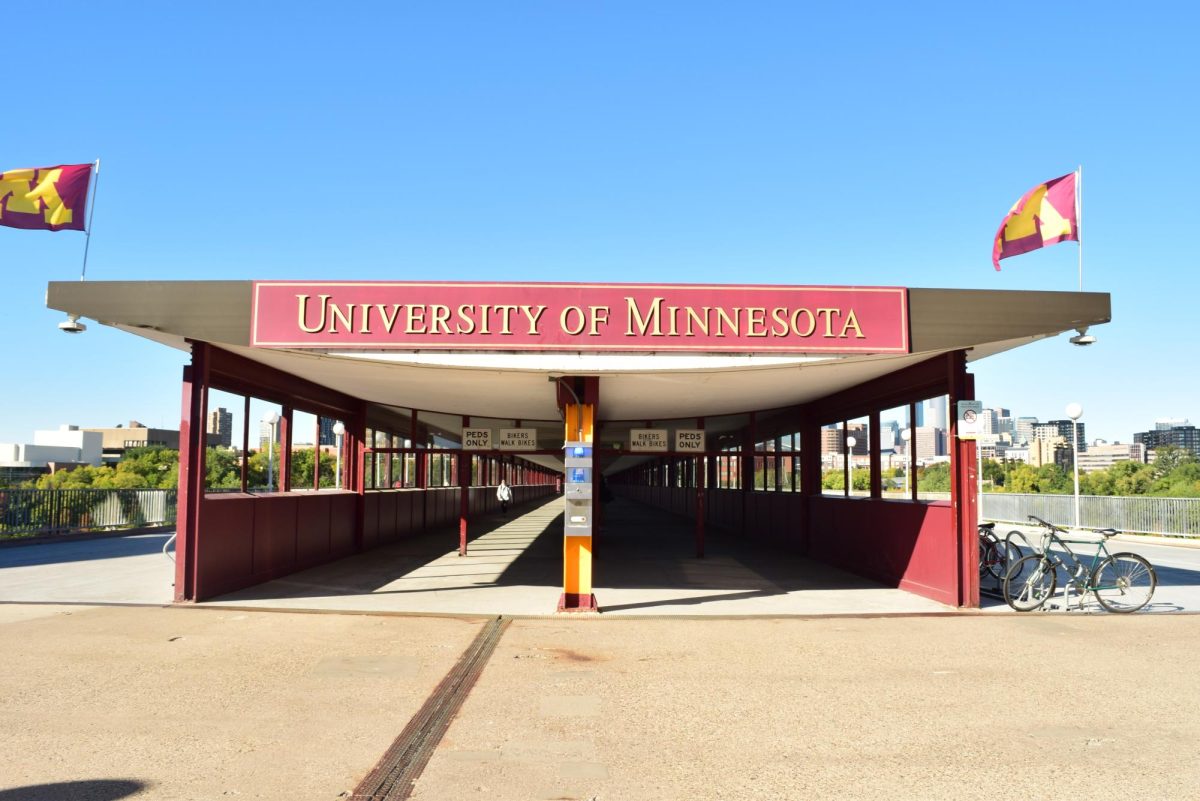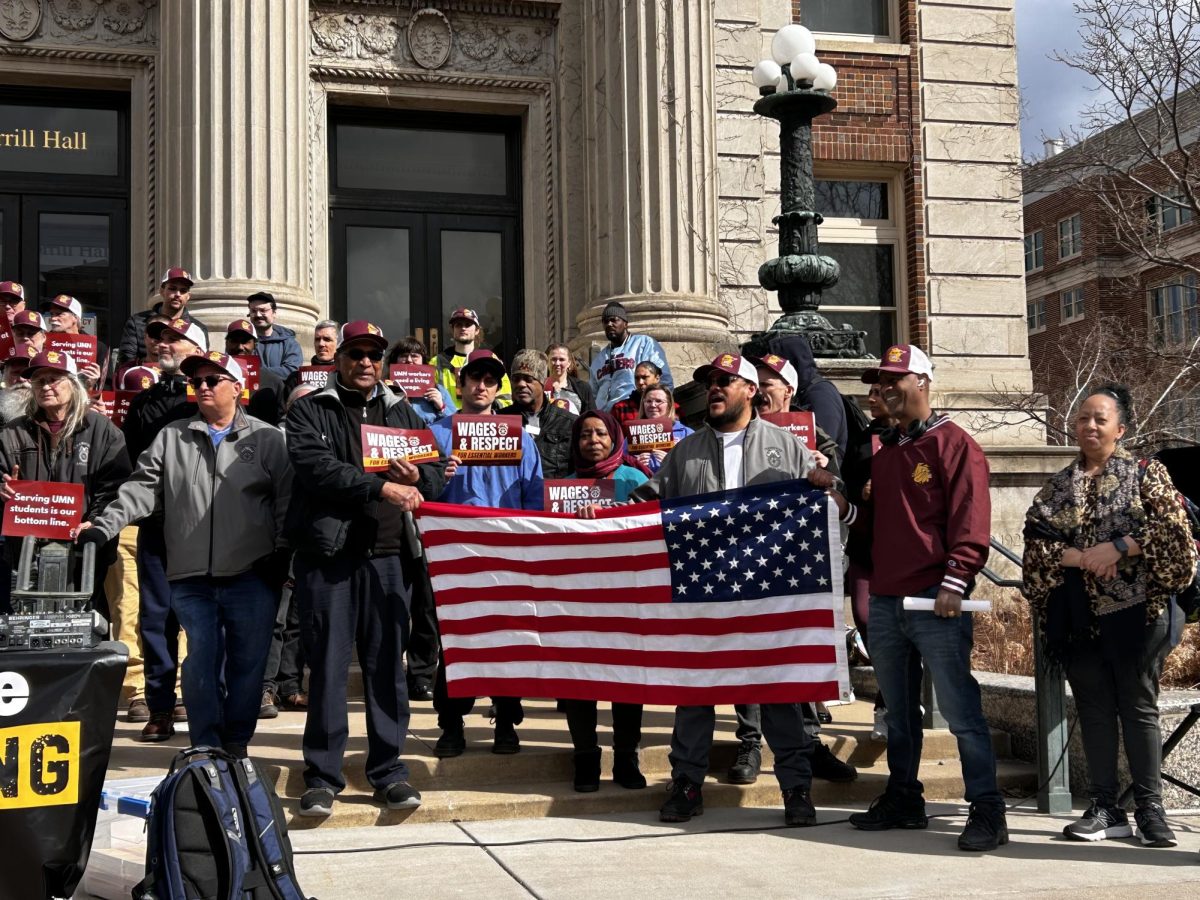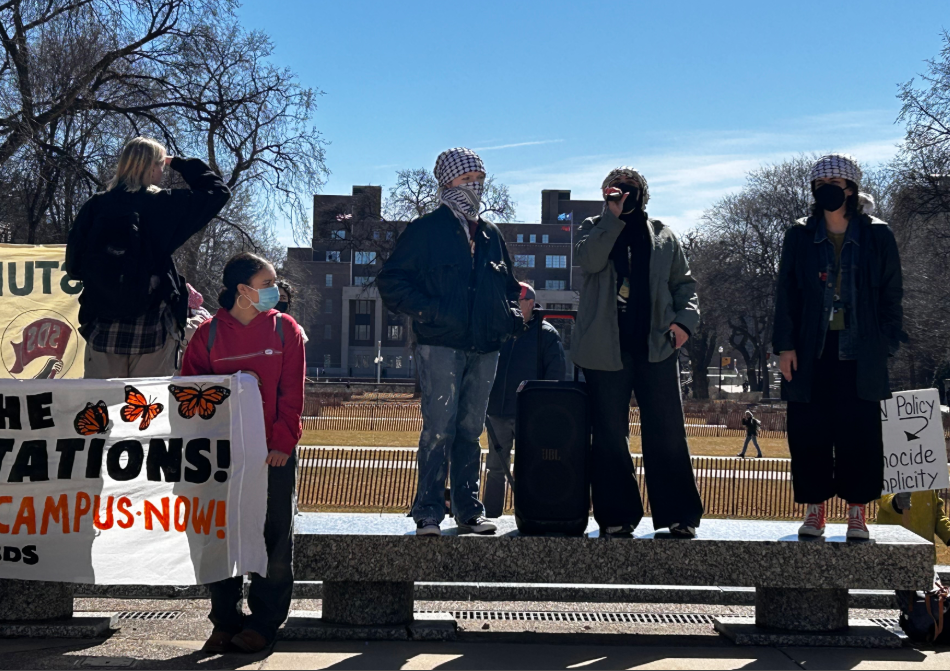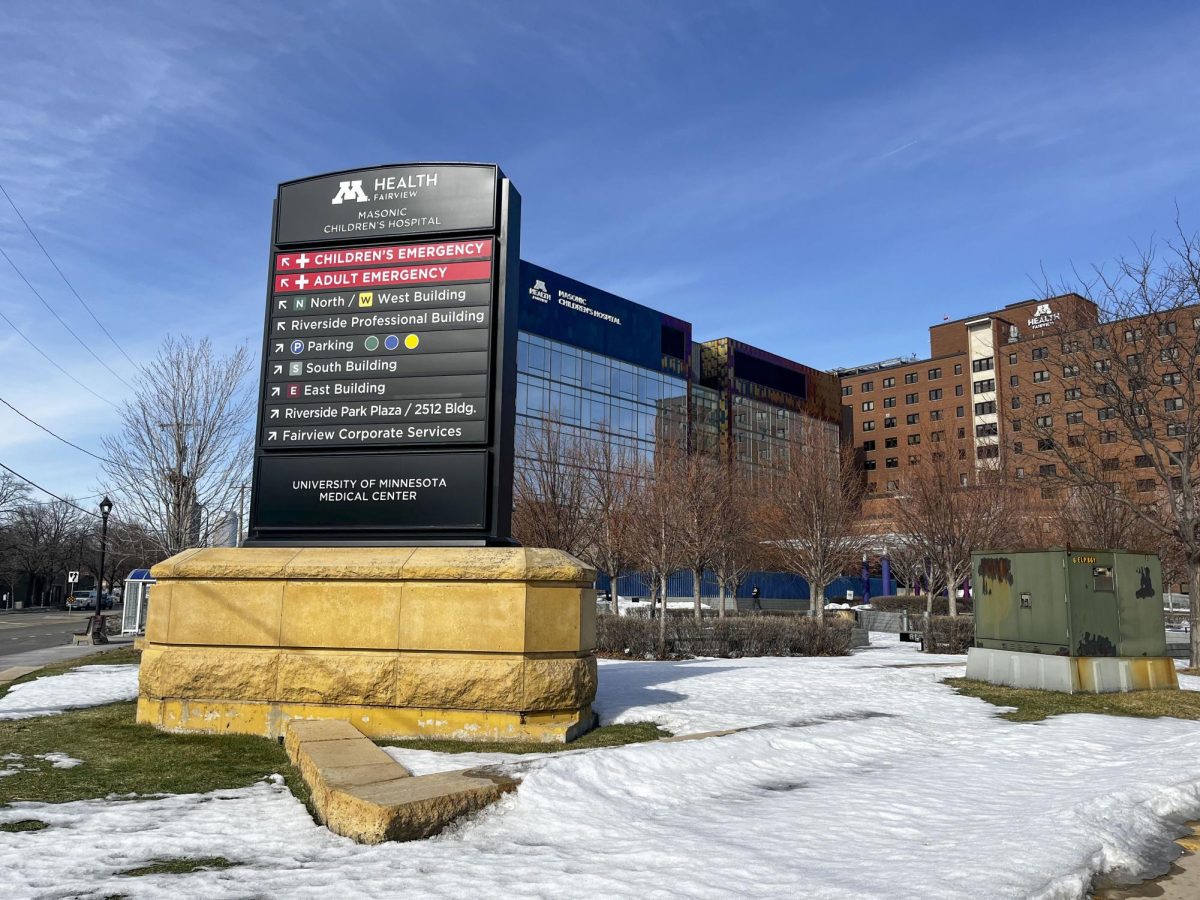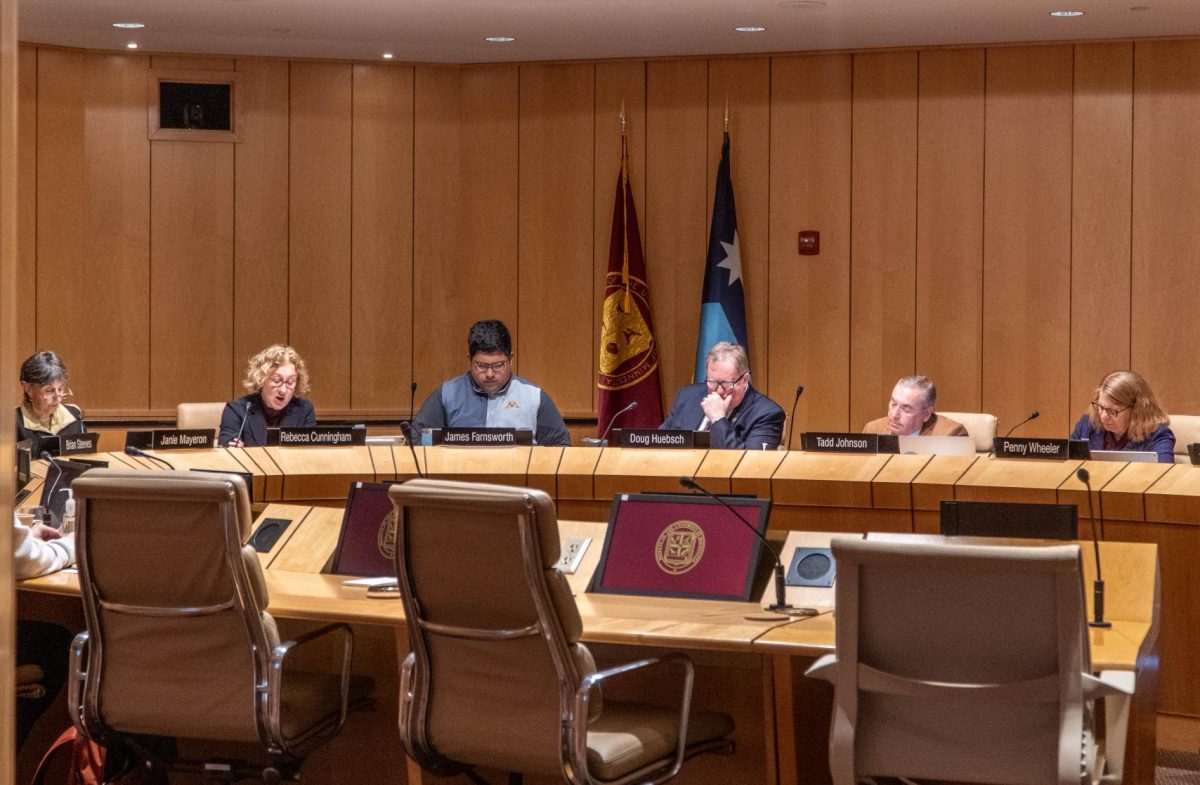After 20-year-old University of Minnesota student William “Bill” Underhill left a Dinkytown party in 1969, his family had no initial concerns about his whereabouts. Decades later, Bill’s family is still waiting for him to come home.
Now, more than 50 years later, Bill’s sisters, Mary and Sarah, said new discoveries from additional investigators have made them feel more hopeful than ever about finding answers to their brother’s disappearance.
Bill lived with his two sisters and parents in St. Paul near St. Anthony Park and the University, where Bill’s father was a professor, Mary Underhill said.
After surviving polio as a child, Bill began venturing outside, starting to fish and attempting to raise some baby squirrels he found. In his early teenage years, Bill began journals to record his weightlifting and fishing progress, both of which he left behind. He also was an avid skateboarder and enjoyed rock-and-roll music.
“He was just a cool fellow to have as a brother,” Mary Underhill, who is seven years younger than Bill, said. “I can remember him giving me rides on his shoulders. My memories of him, they’re just very kind.”
Bill attended the University with his sister Sarah Underhill during the Vietnam War, when fears of being drafted were prominent among students, Terry Holmberg said. Holmberg was also a University student and was casually dating Bill at the time of his disappearance.
Mary Underhill said the family was later contacted by the draft board, although they learned Bill had been unlikely to be drafted. However, she said they “believe” Bill completed a draft physical, but remain unable to confirm it.
On the night of approximately March 1, 1969, Bill and Sarah were studying for finals. Afterward, Bill left to attend a party in Dinkytown, near 14th Avenue and Fifth Street, according to Holly Keegel, a retired Minneapolis Police Department officer volunteering to help solve Underhills’ cold case.
When she retired, Keegel said she worked independently in her free time, leading to her discovering Underhills’ case online.
Keegel said at some point in the night, others at the party saw Bill get up and step outside. When someone went to check on him, Bill was gone. Keegel said she was able to piece together some of the party’s events from speaking with others who attended, many of whom went to Murray High School in St. Paul with Bill.
Sometime believed to be that night, Holmberg said she received a call from Bill that immediately made her concerned.
“He called and I could just tell something was wrong,” Holmberg said. “He sounded very sad, and he was saying goodbye. He told me to stay a nice person, and he wouldn’t tell me where he was … I thought maybe he was breaking up with me. I didn’t realize until later he had disappeared.”
Bill was discovered to be missing after his friends called his parents days later asking about him and they realized no one knew where he was, Keegel said. The Underhills eventually went to the SPPD for help, but no report was made at the time and an investigation into his disappearance was never conducted.
“To my knowledge, nothing was done,” Keegel said. “I think people felt he was an adult, unless we had information to say otherwise, that it was foul play or anything else, that’s probably why no investigation was done.”
Bill was not the only young adult to disappear at the time. In 1970, 22-year-old Donald Rindahl and 18-year-old University student Gloria Rieken went missing in separate incidents. Investigations are still ongoing in both cases, but officials suspect both victims were killed.
Rieken’s remains were found roughly a week after her disappearance in a fire that did not cause her death, and she was identified in 2019, according to the Minnesota Department of Public Safety. The StarTribune reported Rindahl’s remains were found in 2003 in separate locations in Isanti County but were not positively identified until January 2022.
In an emailed statement to The Minnesota Daily, the SPPD said “the disappearance of William Underhill is tragic. The loss of a loved one is difficult to comprehend, especially when the circumstances are so unclear.”
The SPPD confirmed no record exists of Bill’s initial missing person case. However, a report was created in 2013 after the Bureau of Criminal Apprehension filed a request on the Underhills’ behalf.
Weeks turned into years waiting for Bill to come home, Mary Underhill said, and when Bill didn’t come back for her birthday, Mary grew up without answers.
“I don’t think I told anyone about it. I sort of had this shame about it that we didn’t know where he was,” Underhill said. “There’s something really wrong about that, that somebody could be there one day, and then you’d never see them again.”
Following decades of unanswered questions, Keegel, along with her sister Heidi Hilton, began working with the Underhill sisters near the beginning of March after finding a Facebook page created by the Underhill sisters devoted to Bill.
Underhills’ parents spent years looking for their lost son, including calling radio stations any time a body was found in the Mississippi River to see if it was Bill, Keegel said. They died in 2000 and 2013 never knowing what happened.
“Mary and Sarah wanted to do whatever they could do, because they’re getting older as well,” Keegel said. “They’re feeling more empowered and somewhat hopeful that at least we can get information they never had before … I want nothing more than to bring Bill home for them.”
Through working with various people and organizations, Keegel said she and her sister have discovered new information about Bill, including a mysterious watch that was gifted to him in 1968, as well as a final uncashed paycheck. Keegel said they are still attempting to verify the paycheck.
“I feel like I know him better now, I’m very curious about him,” Mary Underhill said. “He’s kind of frozen in time, he never gets older in terms of who I picture … It would just be wonderful to either know he was alive somewhere, or to find his remains and be able to bury him and to have that ritual, that way of honoring somebody’s life.”
Correction: A previous version of this article misstated what Holly Keegel did after retirement. Keegel started to work independently, which is how she discovered Underhills’ case.
Clarification: Investigators are still attempting to verify the uncashed paycheck.


